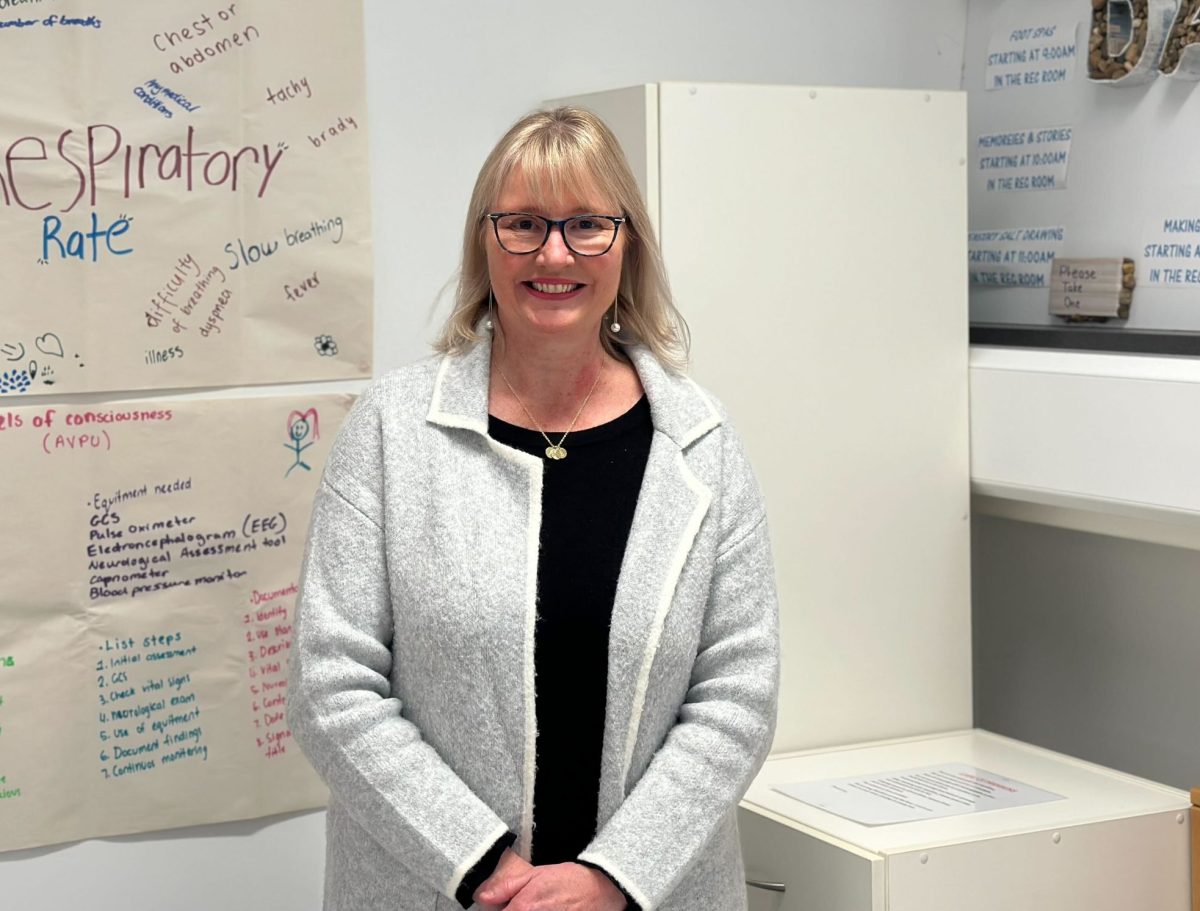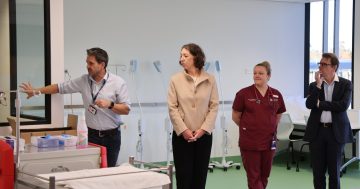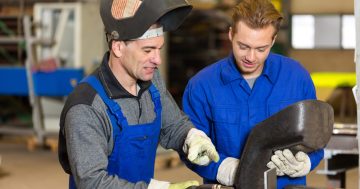
Kellie Harmer, a registered nurse and head teacher of aged care in TAFE Wagga Wagga, has remained in Wagga for almost two decades to help tackle the aged-carer shortage in regional towns. Photo: Erin Hee.
New data from the Australian Bureau of Statistics (ABS) shows regional Australia will soon be in desperate need of aged-care nurses.
The statistics indicate that the population of Australians aged above 85 is set to double by 2042.
With such an ageing population, registered nurse and head aged-care teacher at TAFE NSW Kellie Harmer believes regional towns like Wagga will need to quadruple their current aged-care workforce.
“Smaller regional towns need carers because, unlike metro cities, we don’t have enough carers,” Mrs Harmer said.
“It’s really important to grow our aged-care workforce in the next 10 years. We have to quadruple the number of aged carers because of the baby boomer generation that’s coming through Australia-wide.
“It’s really critical that we put the word out there that we need people to care for our elderly, because we’re all going to get old one day and we’re all going to need that care.”
Mrs Harmer said she could have moved to the big smoke many times over, but chose to remain in Wagga for the past 15 years to tackle the aged-carer crisis in regional towns.
“People are so friendly in smaller regional towns. We talk to each other, which is unusual in the city. So that’s what’s kept me here,” she said.
“I don’t know what it is about smaller towns, but we really do care about each other.
“We’re a community. We know a lot of the people, so we tend to care a lot more than people in the bigger cities.”
In a report by the national peak body for aged care, Ageing Australia, 70 per cent of aged-care providers were concerned about the nation’s readiness to support a growing and ageing population.
The 2021 Census reported there were 542,000 Australians aged 85 and above. ABS director of demography Anthony Grubb said in 17 years, that population could increase to more than one million.
Addressing workplace shortages in regional, rural and remote areas was critical to support our ageing population.
“The narrowing gap in the life expectancy of men and women could see the proportion of men in this older age group increase from 38 per cent to 42 per cent in 2066,” Mr Grubb said.
Data from the Australian Institute of Health and Welfare found that this is due to declining fertility rates and increasing life expectancy.
“[This] is likely to continue, with the number of people aged 65 years and over also projected to nearly double, from 3.8 million people in 2017 to between 6.4 million and 6.7 million people in 2042,” Mr Grubb said.
Mrs Harmer thinks aged care has been given “a really bad name” over the past few years in the media.
“[The media] sensationalised the bad things that have happened and I think that could be holding people back,” she said. “It shouldn’t; we need the good carers out there.
“[The media] focuses on some bad things that happen in aged care, and I think that people think that happens everywhere, but it’s very isolated events.
“At TAFE, we teach the gold standard of how to care for people. So I’m hoping that narrative will change and that people will understand that bad things don’t happen all the time.
“Everyone has parents or grandparents, and everyone’s going to need caring for and help at some stage in their life.”
Original Article published by Erin Hee on Region Riverina.











